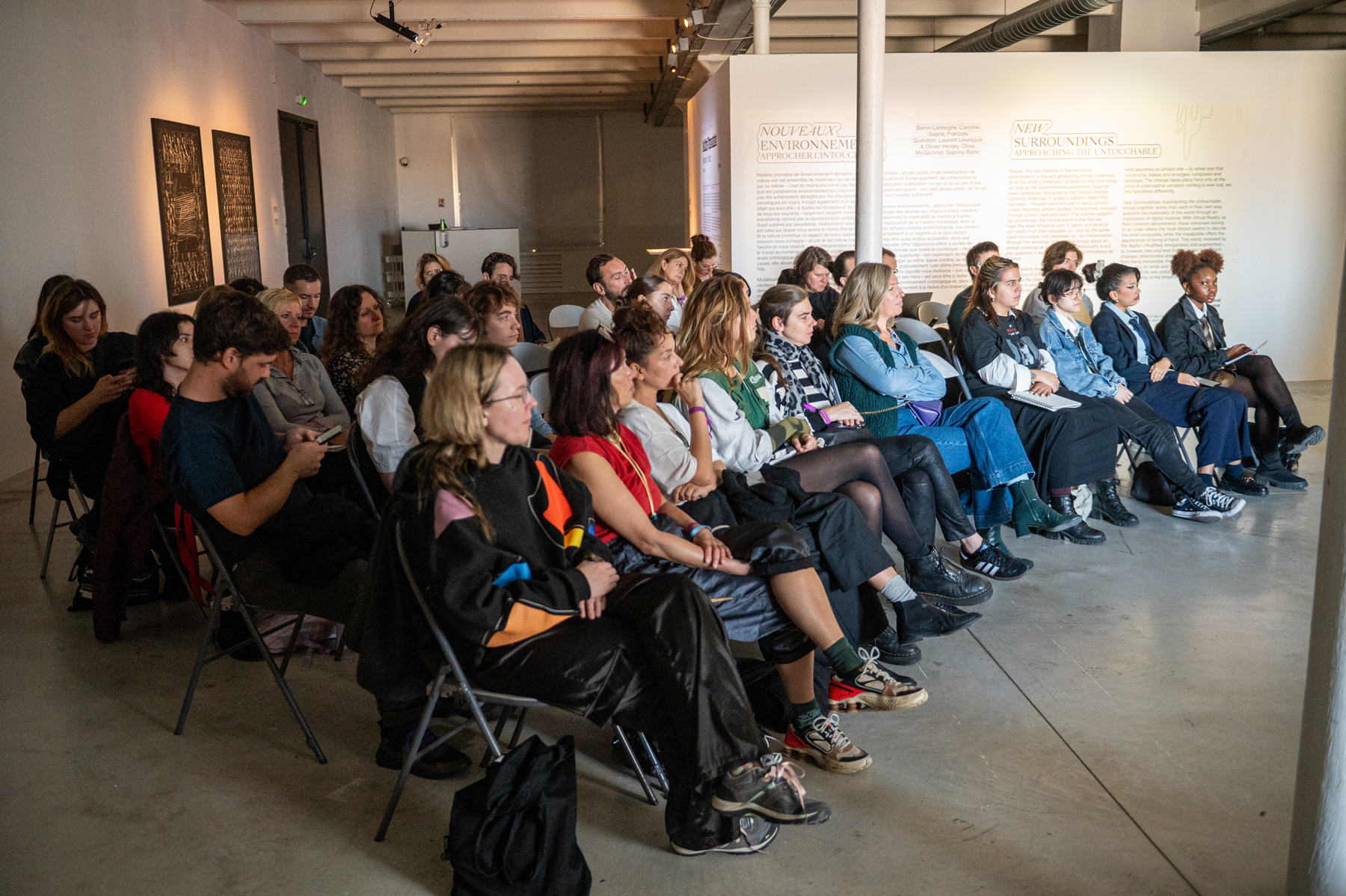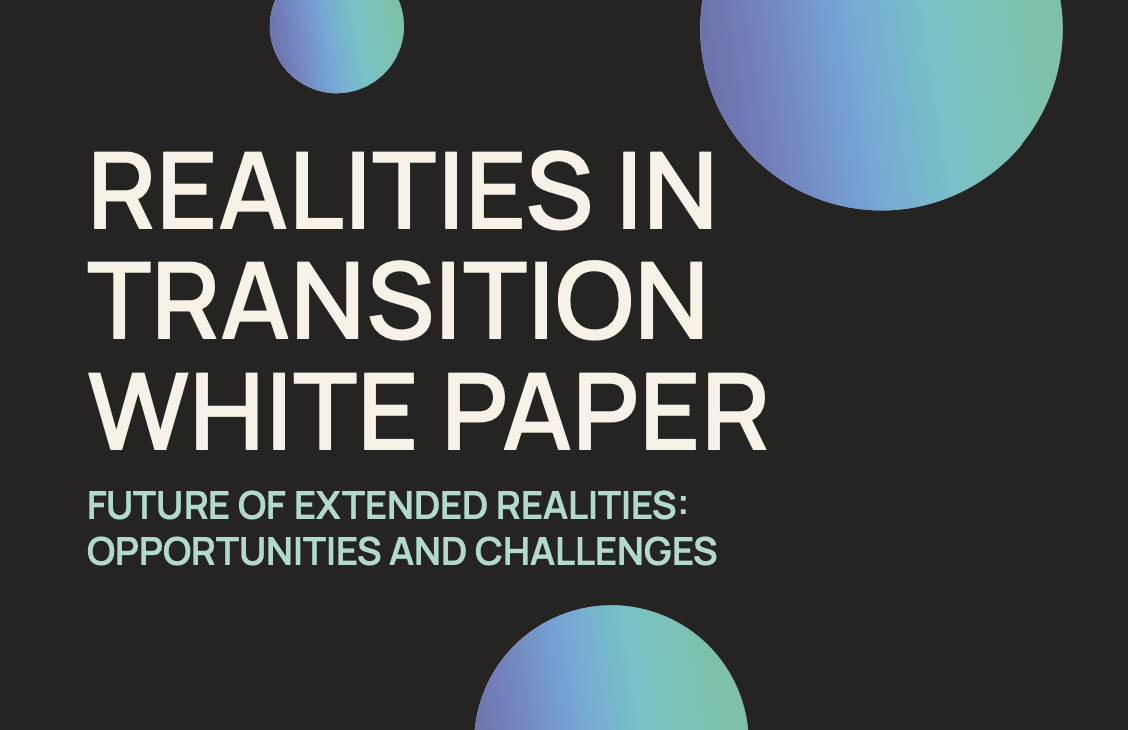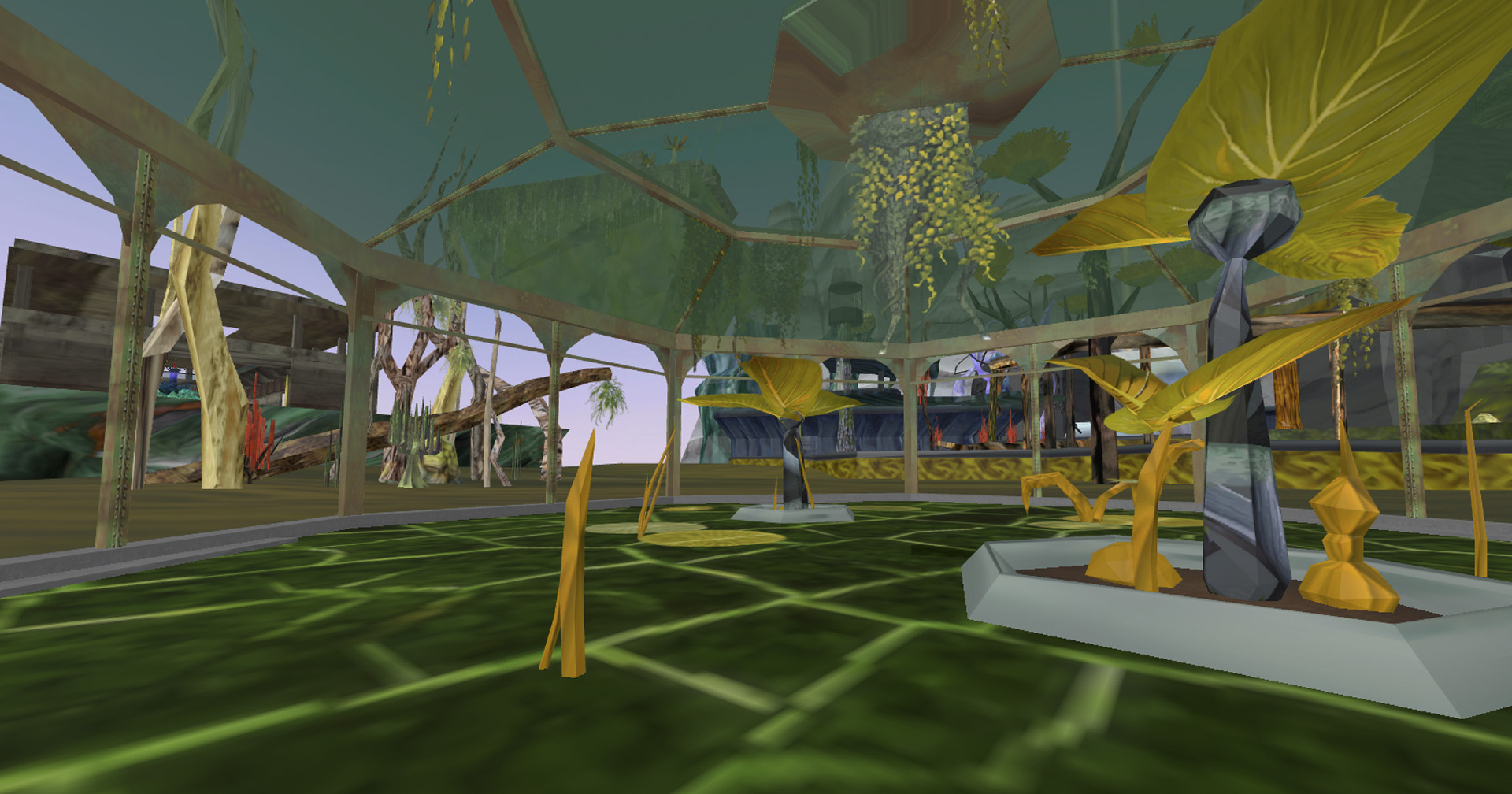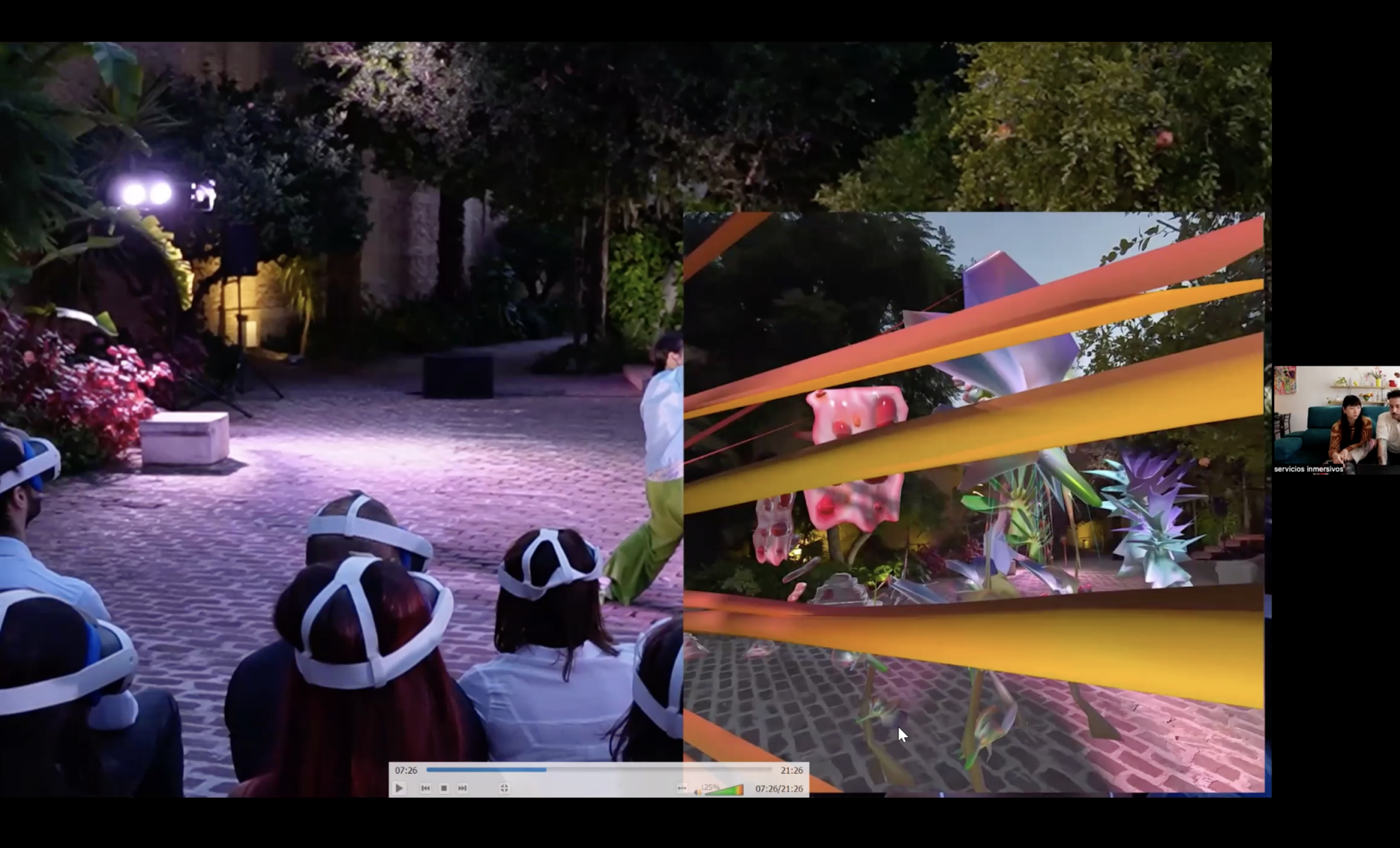Exploring the Residencies of Realities in Transition
The residencies were launched with an open call, inviting emerging creatives across Europe to submit their proposals for XR projects. The initiative aimed to support artistic exploration that challenges conventional notions of XR, encouraging participants to push the boundaries of technology and storytelling. The consortium partners played a crucial role in promoting the open calls, ensuring a wide reach and fostering inclusivity in the selection process.
The residencies were hosted by V2_ Lab for the Unstable Media in Rotterdam and iMAL in Brussels. These institutions provided invaluable resources, including access to state-of-the-art facilities and technical support. Their engagement not only enriched the artistic outcomes but also established a vibrant network of professionals in the XR community.
Selected artists at the first residency included a range of talents, each bringing unique perspectives and skills to their projects. For instance, Leon van Oldenborgh and the duo Leo Scarin and Marlot Meyer engaged with themes of human interaction and the impact of technology on society. Other participants, such as Hugo Pilate and Pedro Gil Farias, explored the narrative potential of urban spaces, while Rebecca Merlic’s work delved into digital identities through playful gaming experiences.
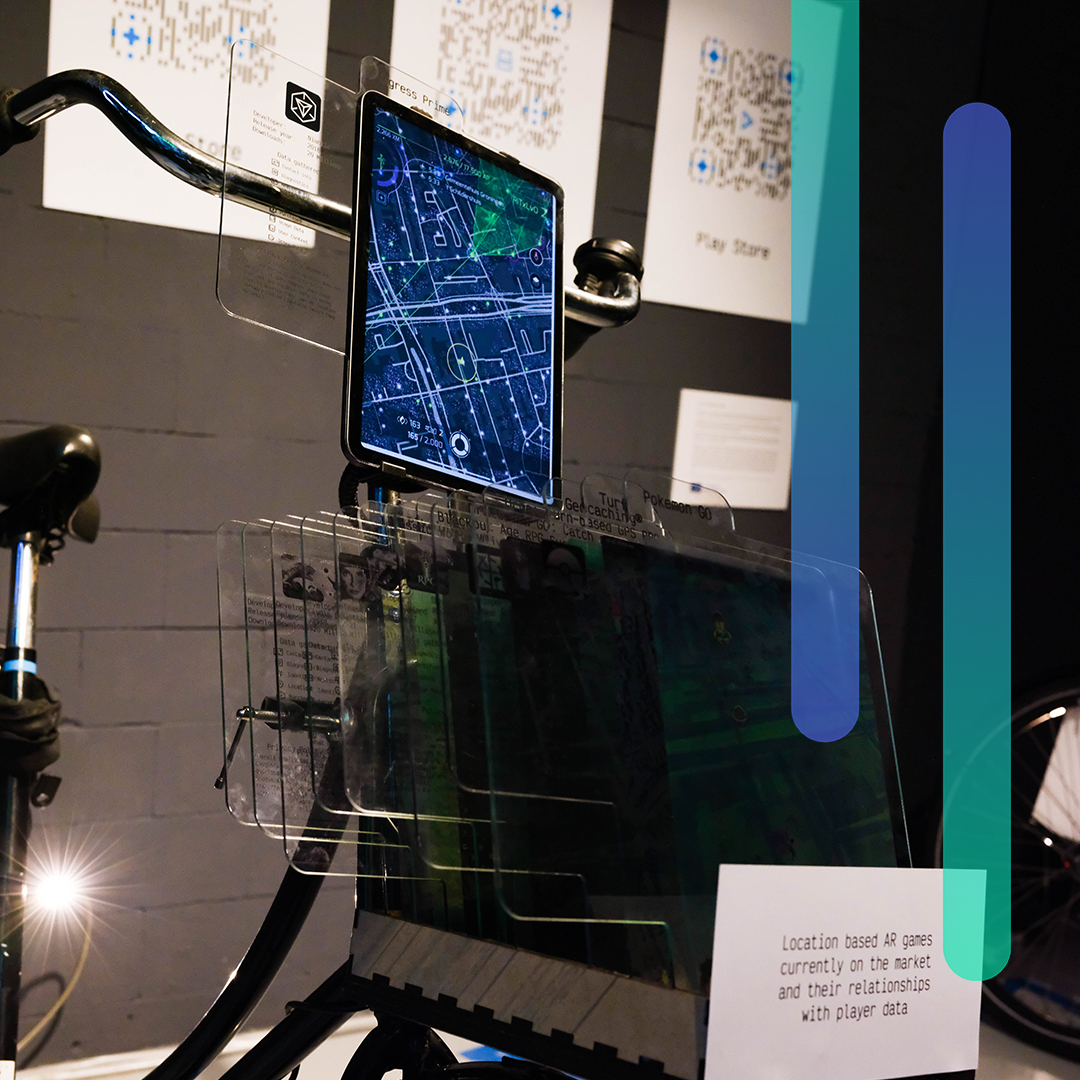
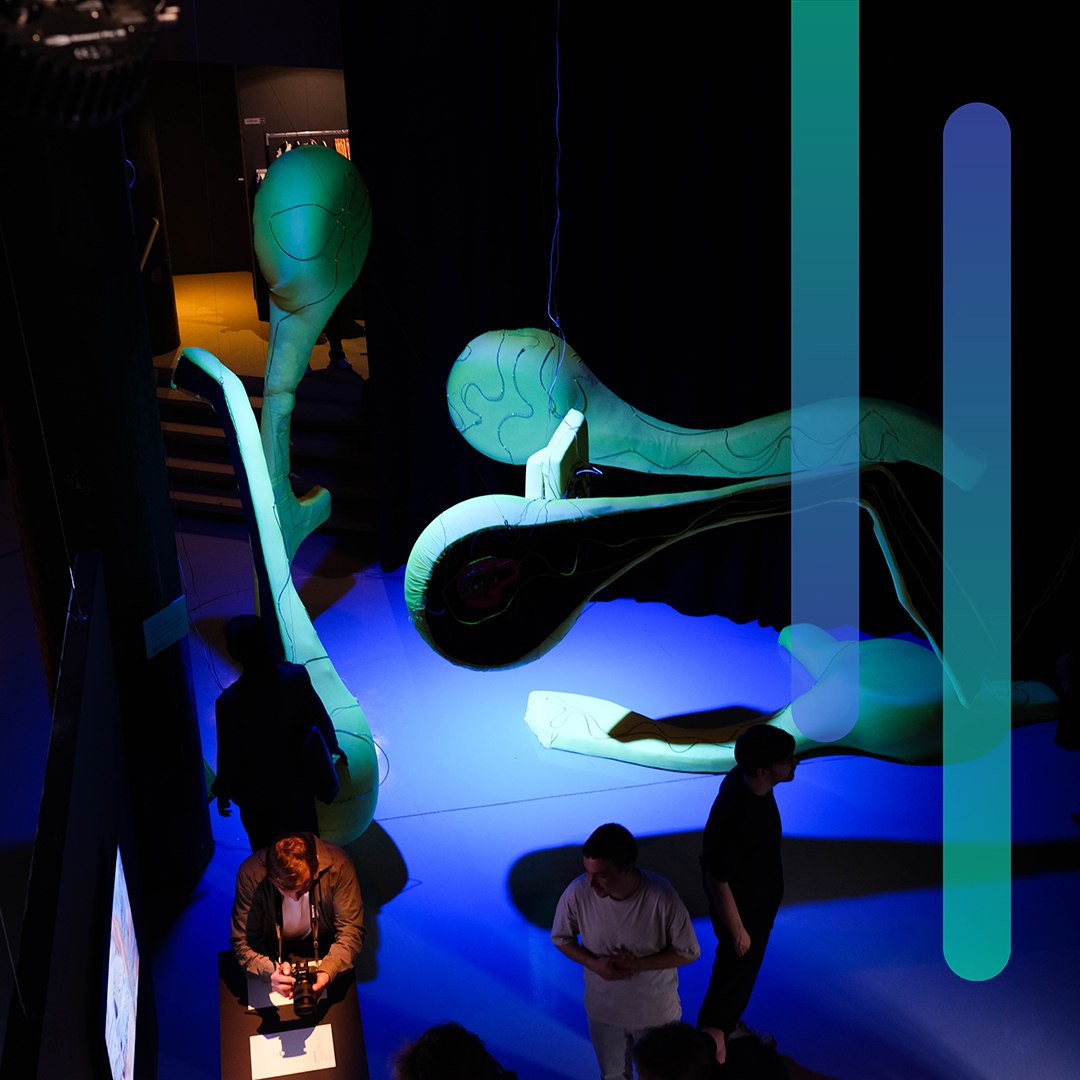
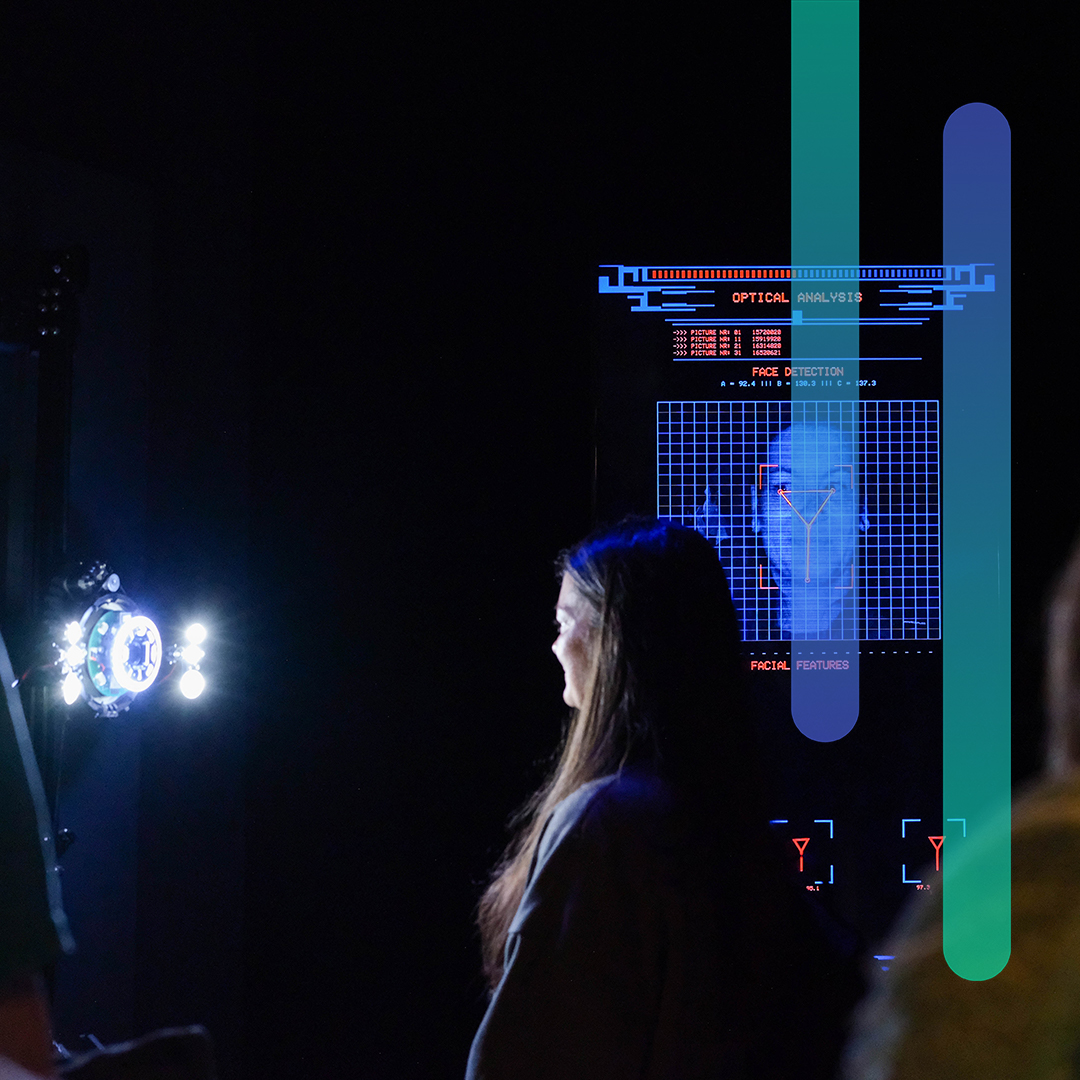
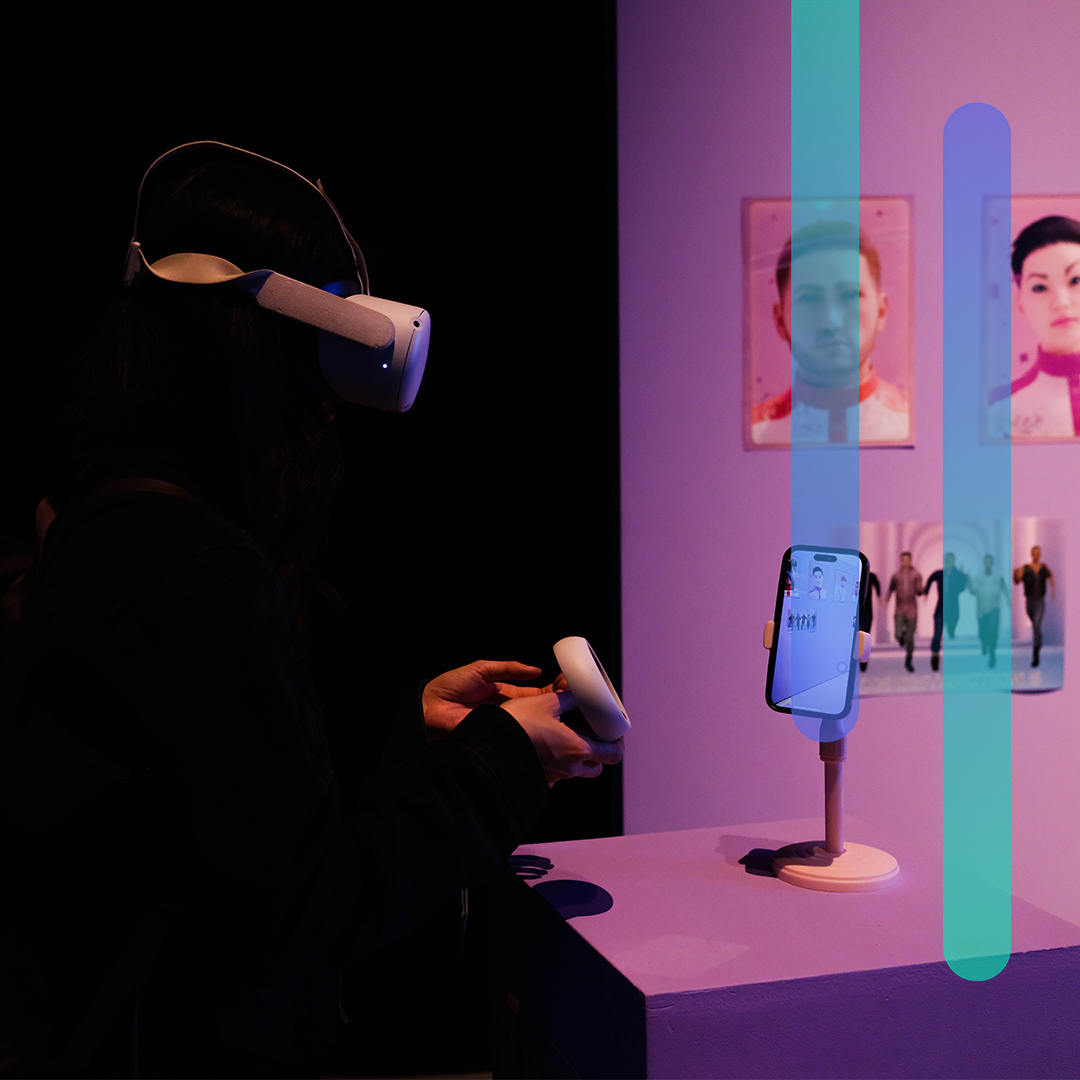
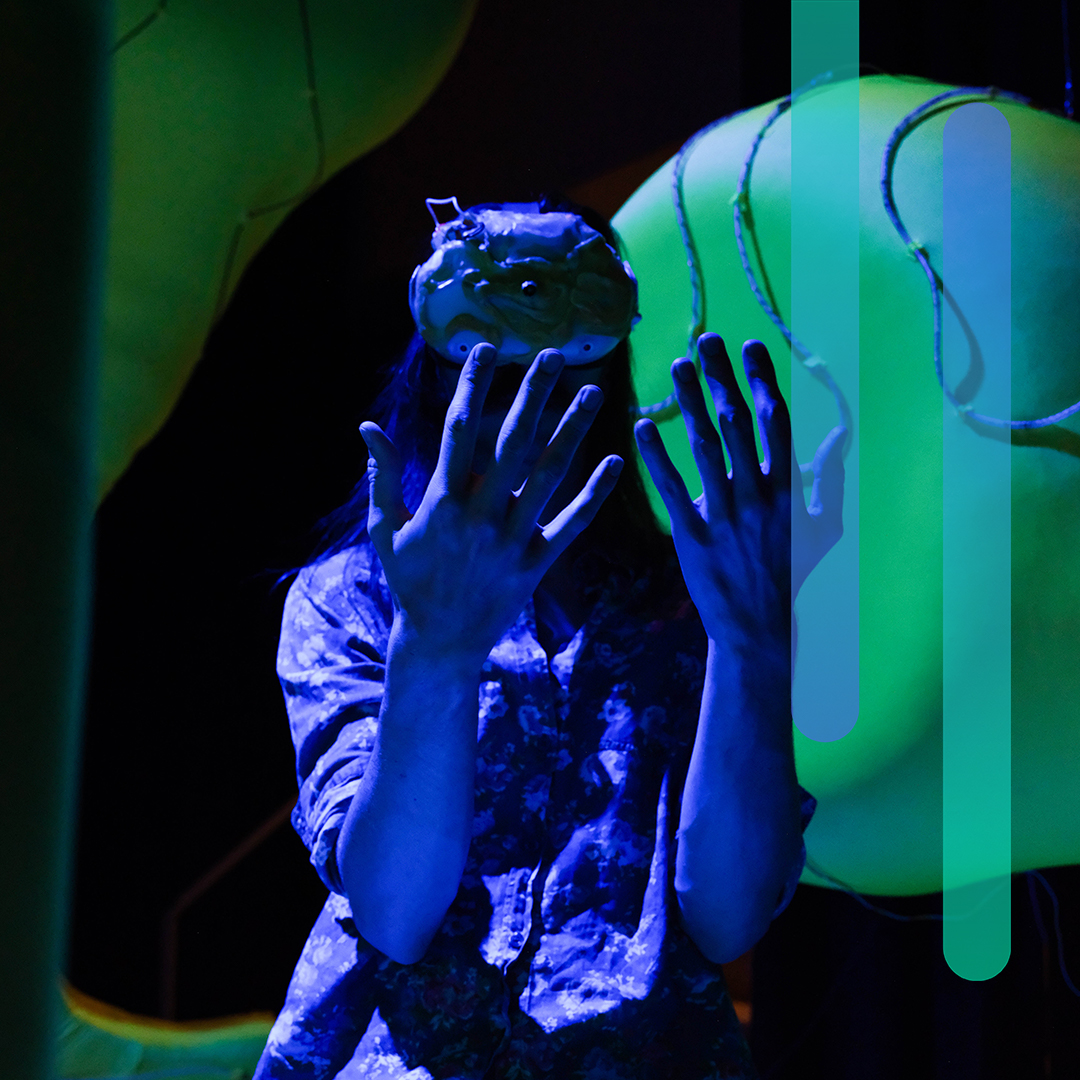
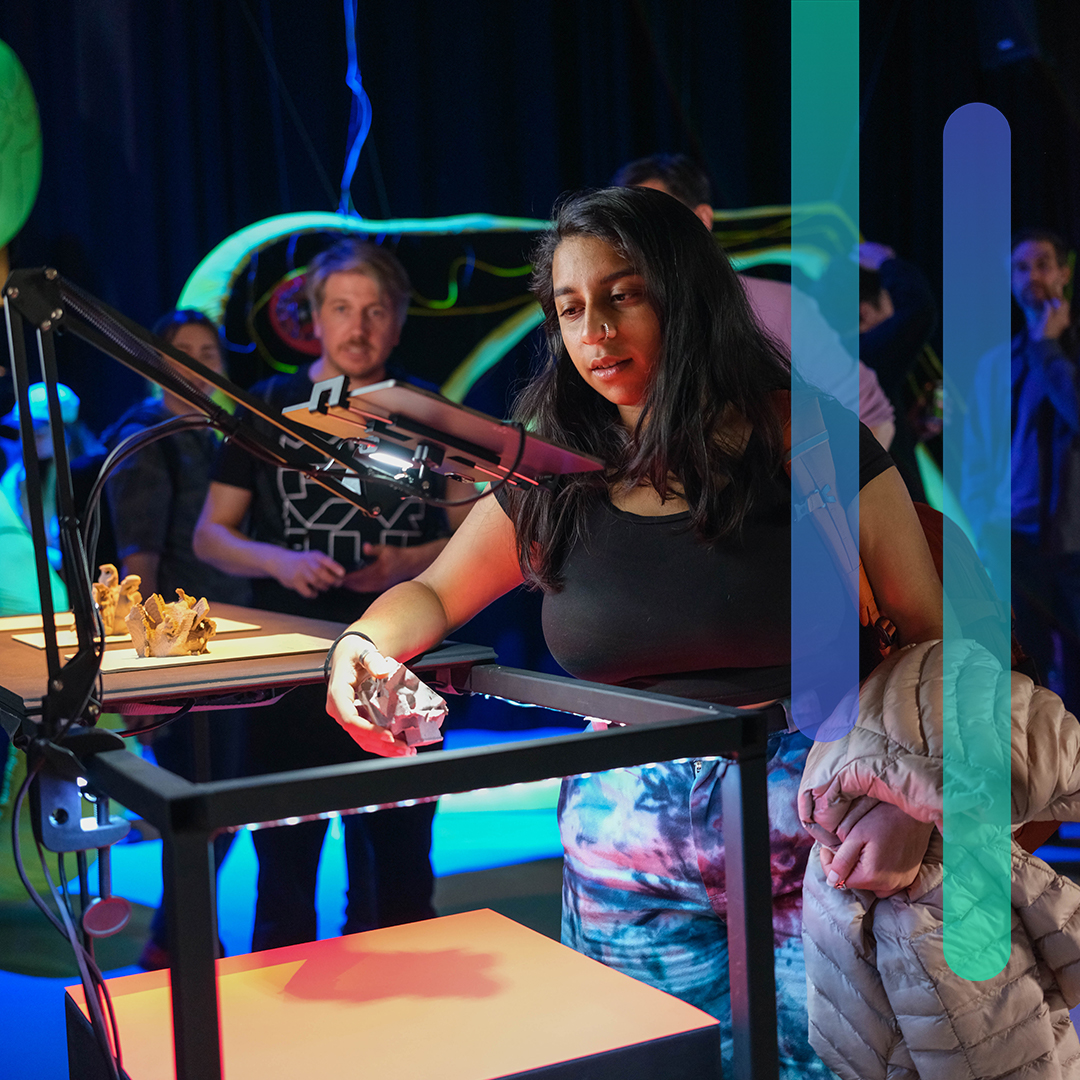
Letta Shtothryn’s residency at iMAL focused on the exploration of embodiment, myth-making, and belief through the lens of XR. Her work delved into themes such as posthumanism, science fiction, intuitive epistemologies, and the entanglements between humans and machines, including avatars, aliens, monsters, and ghosts.
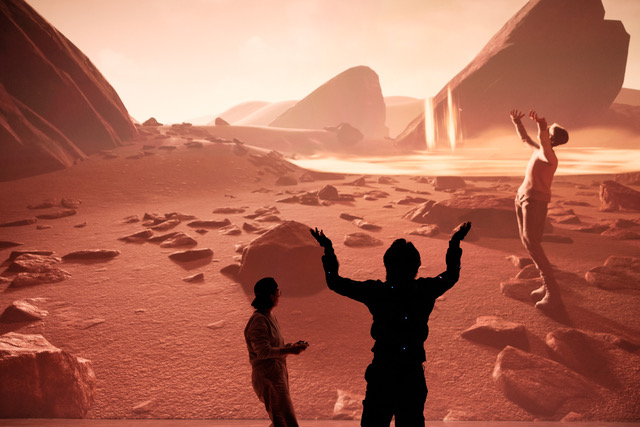
The open call for the third residency at V2_ Lab was aimed at inviting artists, designers, 3D modelers, illustrators, directors, writers, photographers, sound designers, creative coders, and web developers to co-create a new XR experience. The residency sought to challenge conventional notions of XR by emphasising communal experiences rather than focusing solely on individual presentations. Participants were encouraged to develop a collaborative project inspired by the science fiction novel “Simulacron-3,” which deals with themes of virtual reality, identity, and consciousness.
Seven artists were selected to participate in the residency: Mihai Gui, Silvana Callegari, Merve Sahin, Lam Lai, Eirini Lampiri, Annika Boll, and Gökay Atabek.
The residency aimed to explore contemporary topics raised in “Simulacron-3,” such as Virtual, Augmented, and Mixed Reality, Artificial Intelligence and machine consciousness, data privacy and surveillance, simulation theory, and existential risk and the future of humanity.
Participants were encouraged to reflect on the creation of a collective XR experience that fostered human interaction, group dynamics, and empathy. The residency also emphasised open-source tools and expert guidance to support the collaborative creative process.
This experience was a learning not only for the artists, but also for the organisations involved, that were challenged to put in place new methods to facilitate them. Sieta Von Hork, manager at V2_, gives here a glimpse of their experience, and its takeaways.
Throughout the residencies, artists were encouraged to engage with pressing topics such as sustainability, ethics, and the social implications of XR technologies. These discussions were not only theoretical; they were woven into the fabric of the artists’ projects, prompting reflections on how XR can serve as a medium for societal change. The collaborative atmosphere fostered by the residencies allowed for dynamic exchanges of ideas, leading to innovative artistic expressions.
The culmination of these efforts was showcased through public presentations, where residents shared their works-in-progress with audiences eager for engagement and feedback. Events like the Test_Lab and Kunstavond at V2_ Lab, as well as the showcase at Ars Electronica festival in the frame of the exhibition “Applied Virtualities: Extended Reality in Practice” provided platforms for artists to demonstrate their projects, inviting viewers to interact with the works and contribute to the dialogue surrounding XR. At iMAL, Letta Shtothryn’s immersive performance was featured in a hybrid event, emphasising the experiential nature of XR art.
Realities in Transition remains committed to fostering a creative and activist European XR community. The residencies have proven to be a catalyst for artistic innovation, providing emerging talents with the resources and support needed to bring their visions to life.
We invite you to learn more about the Realities in Transition project by exploring our website, following us on social media, and subscribing to our newsletter.


